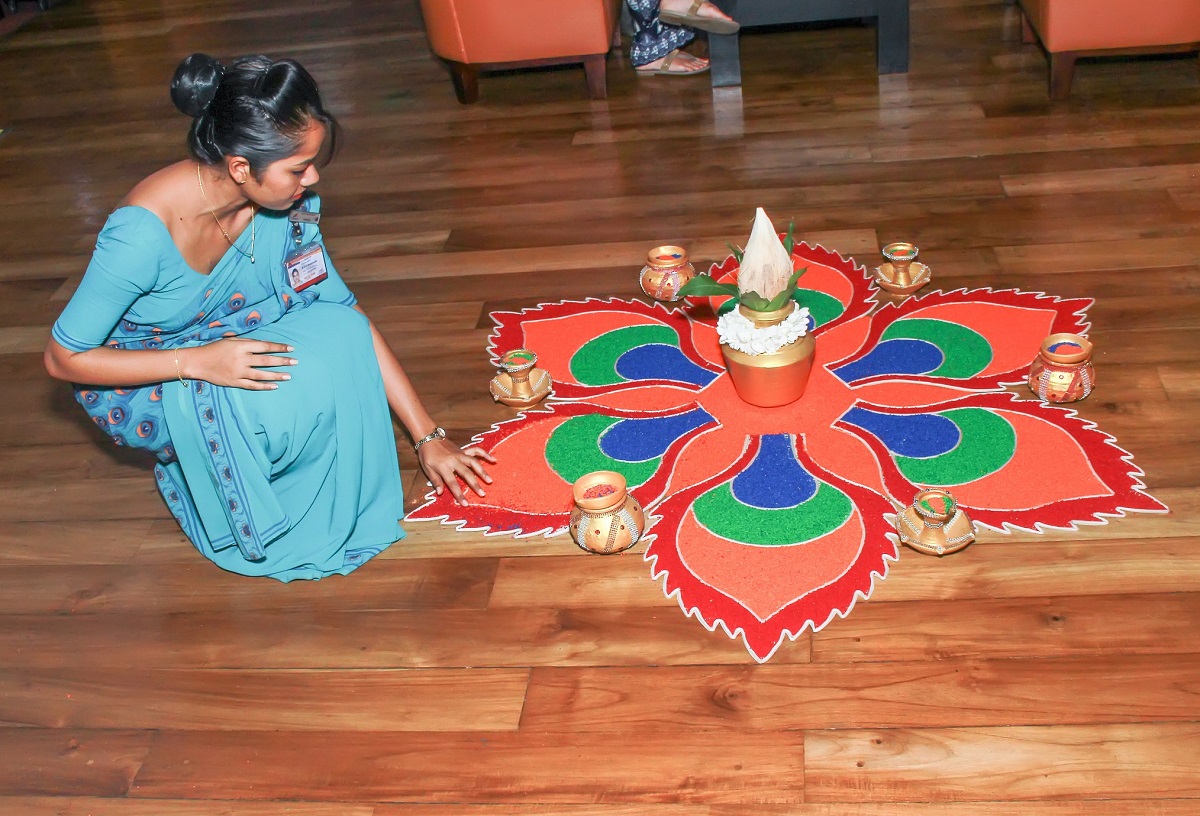
The Thai Pongal Festival is one of the most important and widely celebrated festivals in the South Indian state of Tamil Nadu. It is a harvest festival that commemorates the abundance of the harvest season and expresses gratitude to the Sun God for a successful harvest. Thai Pongal, which means “the boiling over of milk,” is observed for four days in the month of Thai (January-February) according to the Tamil calendar. During this time, families come together to prepare a special dish called Pongal, made from freshly harvested rice, jaggery, and other ingredients. The festival is marked by colorful decorations, traditional rituals, and joyful celebrations. As we delve into the fascinating world of Thai Pongal, here are 14 interesting facts about this vibrant and auspicious festival.
Key Takeaways:
- Thai Pongal is a vibrant harvest festival celebrated by the Tamil community, featuring delicious food, traditional art, and exciting bull-taming sports.
- The festival honors the Sun God, expresses gratitude to nature, and promotes the spirit of giving and sharing among family and friends.
The Origins of Thai Pongal Festival
Thai Pongal is a popular harvest festival celebrated by the Tamil community in South India.
The Significance of the Festival
The festival marks the end of the winter season and the beginning of the harvest season. It is a time for farmers to express their gratitude to the Sun God for a prosperous harvest.
The Duration of the Festival
Thai Pongal is a four-day festival that usually falls between January 13th and 16th. The dates vary each year depending on the Tamil calendar.
Pongal – The Sweet Delicacy
Pongal is a special dish made during the festival using newly harvested rice, jaggery, and milk. It symbolizes abundance, prosperity, and good luck.
Surya Pongal – Worship of the Sun God
The second day of Thai Pongal is dedicated to the Sun God, Surya. People offer prayers and perform rituals to express their gratitude for the bountiful harvest.
The Tradition of Kolam
Kolam is a traditional art form where colorful patterns are drawn on the ground using colored rice flour. It is believed to bring good luck and ward off evil spirits.
The Spectacular Bull-taming Sport – Jallikattu
Jallikattu is a thrilling bull-taming sport that is part of the Thai Pongal celebrations. It is a test of bravery where participants try to grab the hump of a running bull.
The Burning of Old Possessions
On the third day of the festival, people clean their homes and gather their old possessions. These items are then burned as a symbolic gesture to let go of the past and embrace the future.
The Traditional Dress – Pongal Pudumai
During Thai Pongal, people wear traditional attire. Men dress in dhoti and angavastram, while women wear colorful sarees adorned with traditional jewelry.
The Decorative Pongal Pot
A decorated pot called “Pongal Paanai” is an integral part of the festival. It is filled with milk and rice and placed outdoors to boil. When it overflows, it is considered a sign of prosperity.
The Pongal Festival Music and Dance
During Thai Pongal, people gather to enjoy traditional music and dance performances. The rhythmic beats of the drums and the energetic movements reflect the festive spirit.
The Exchange of Pongal Gifts
Thai Pongal is a time of giving and sharing. People exchange gifts and sweets with family, friends, and neighbors as a gesture of goodwill.
The Reverence for Cattle
Cattle hold a special place in Thai Pongal celebrations. They are worshipped and adorned with garlands as a symbol of gratitude for their contribution to agriculture.
The Joyful Pongal Procession
The festival concludes with a colorful and vibrant procession where people carry the decorated Pongal pot along with music, dance, and merriment.
Conclusion
In conclusion, Thai Pongal is a vibrant and joyous festival celebrated by the Tamil community to express gratitude to the Sun God for the bountiful harvest. It is a time of unity, family gatherings, delicious food, and cultural festivities. The festival holds great significance in Tamil culture and is celebrated with zeal and enthusiasm not only in Tamil Nadu but also in other parts of the world with Tamil communities. Thai Pongal is a wonderful celebration of harvest, love, and togetherness, representing the rich heritage and traditions of the Tamil people.
FAQs
1. What is Thai Pongal festival?
Thai Pongal is a traditional Tamil harvest festival celebrated in the month of Thai (January-February) as a thanksgiving ceremony to the Sun God for a prosperous harvest.
2. When is Thai Pongal celebrated?
Thai Pongal is celebrated from January 14th to January 17th each year, coinciding with the Tamil month of Thai.
3. What is the significance of Thai Pongal?
Thai Pongal is considered a time of thanksgiving to the Sun God for the abundant agricultural yields and to express gratitude for the blessings received. It also marks the beginning of the Tamil month of Thai.
4. How is Thai Pongal celebrated?
The festival is celebrated by preparing a special dish called Pongal, which is made from freshly harvested rice, lentils, and jaggery. People decorate their homes, wear new clothes, and offer prayers to the Sun God. There are also cultural programs, traditional music, and dance performances.
5. Where is Thai Pongal celebrated?
Thai Pongal is primarily celebrated in the Indian state of Tamil Nadu and by Tamil communities around the world, including Sri Lanka, Malaysia, Singapore, and other countries with a significant Tamil population.
Was this page helpful?
Our commitment to delivering trustworthy and engaging content is at the heart of what we do. Each fact on our site is contributed by real users like you, bringing a wealth of diverse insights and information. To ensure the highest standards of accuracy and reliability, our dedicated editors meticulously review each submission. This process guarantees that the facts we share are not only fascinating but also credible. Trust in our commitment to quality and authenticity as you explore and learn with us.
